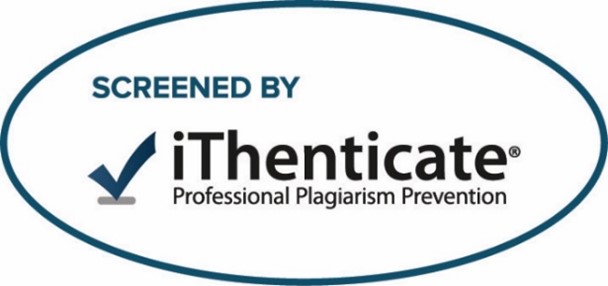Article Type
Original Article
Section/Category
Endodontics
Abstract
Objective: To use Superoxide dismutase (SOD) as a diagnostic biomarker to correlatemolecular changes in the inflammatory cascade in deep carious lesions with dental pulp exposure.Materials andMethods: A total of 40 cases with deep carious lesions with expected pulp exposure and signs of pulp vitality withoutsigns of periapical inflammation were selected from the outpatient clinic, Faculty of Dentistry, Mansoura University.Another 6 control cases were selected from the orthodontics department clinic. Results: Our results show that there is astatistically significantly lower mean percent inhibition among cases than in the control group 63.31±24.61versus94.52±2.97 (p=0.004). However, there appears to be no statistically significant difference between the differenttreatment modalities as regard mean percent inhibition with the highest mean percent of inhibition being among directpulp capping cases 75.35±13.51 followed by partial pulpotomy 67.18±24.35, 60.66±28.15 for complete pulpotomy and58.81±25.22 for RCT (P=0.708).Conclusions: Vital pulp therapy is an ultra-conservative treatment that can be appliedwith the proper tools and magnification with a high success rate based on clinical signs and symptoms. However, interms of treatment decisions, a molecular diagnosis does not appear to be superior to direct tissue visualization.
How to Cite This Article
Elebeidy A G, Badria F A, Elsoda A A, Badr A E.
Correlation between Molecular Changes and Inflammatory Cascade in Deep Carious Lesions with Dental Pulp Exposure Using Superoxide Dismutase.
Mans J Dent.
2023;
10(1):
53-57.
Available at:
https://doi.org/10.21608/mjd.2023.288117
Creative Commons License

This work is licensed under a Creative Commons Attribution-NonCommercial-No Derivative Works 4.0 International License.








